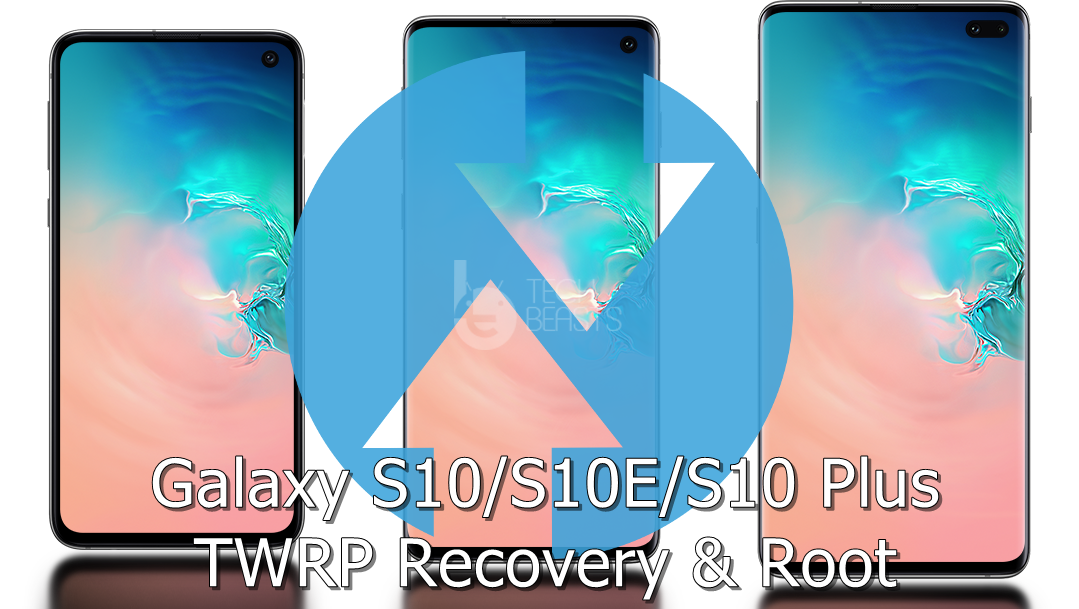Sony unveiled Xperia Z1 compact in January, 2014, a mid-range sibling of the original Xperia Z1. The device sports a very nice 4.3 inches IPS display with 342 ppi. Sony has powered it up with Qualcomm Snapdragon 800 Quad Core CPU clocked at 2.2 GHz accompanied by Adreno 330 GPU and a RAM of 2 GBs is placed on board. At the back, a 20.7 MP shooter is fixed while a 2 MP is fixed on the front. Xperia Z1 compact runs on Android 4.3 Jelly Bean out of the box, but Sony is doing true justice with the software updates and isn’t taking long to provide the latest and greatest version of Android for its mainstream devices. Xperia Z1 compact is currently running on Android 4.4.2 KitKat firmware based on the build number 14.3.A.0.757. All these nice specifications make this device a good to go with choice.
Let’s get back to the topic now. If you happen to chose this device or you already own one, and now you’re looking to checkout the capabilities of your Xperia Z1 compact by going beyond the boundaries set by the manufacturer, you probably will look out for the root access using the easiest method without falling for any hard and fast rules, like unlocking the bootloader of your Xperia Z1 compact, which definitely is not a good choice to go with at times, specially when you’re new to the rooting stuff. Before you start looking here and there, we’ve made this easy for you. Thanks to XDA-developer GeoHot who created TowelRoot application, that has made rooting a number of Android devices a lot easier. TowelRoot works like a charm with Xperia Z1 compact as reported by a number of users. So, in the following post we are going to see how we can gain the root access on Sony Xperia Z1 Compact D5503 running on latest Android 4.4.2 KitKat firmware with the build number 14.3.A.0.757 having a locked or unlocked bootloader. All you need is, you need to follow this guide being careful.
Here are the early preparations:
- This guide is only for Sony Xperia Z1 Compact. The device must be running on the latest Android 4.4.2 KitKat firmware based on the build number 14.3.A.0.757.
- Make sure that your phone’s battery is charged at least over 60%. This is highly recommended in order to prevent any power issues during the rooting process.
- USB debugging mode must be enabled on your device. To do so, go to Settings > Developer Options > USB debugging mode > Enable. In case you can’t find the developer options, then go to Settings > About Device > Tap Build Number for 7 Times to enable the developer options.
- Use only on OEM data cable to establish connection between your PC and your Phone.
- Allow “Unknown Sources” on your phone. To do so, go to Settings > Security > Unknown Sources > Tick.
How To Root Sony Xperia Z1 Compact Locked Bootloader:
- Download Towelroot apk.
- Connect your Xperia Z/ZL to your PC now.
- Copy the downloaded APK file to your device.
- Disconnect your device and locate the APK file on it.
- Tap the APK file to begin installation.
- Select “Package Installer” if prompted.
- Allow Unknown Sources from Settings > Security if required.
- Proceed with the installation and complete it.
- Now open the Towelroot application from the app drawer.
- Tap the button “make it ra1n” in the towelroot app.
- Now download SuperSu.zip file.
- Unzip the file, and grap Superuser.apk from the common folder in the unzipped folder.
- Now copy this apk to your Xperia Z1 Compact, and install it using steps 2 – 8.
- Once installed, update Superuser or SuperSu using Google Play Store.
- Phewwww! That’s all, you can now enjoy your rooted Xperia Z1 Compact.
How to install busybox now?
- Go to Google Play Store on your phone.
- Search for “Busybox Installter”.
- Once you find it, install it.
- Run the Busybox installer and proceed with the installation.
- That’s all!
How to check if the device is properly rooted or not?
- To do so, go to Google Play Store on your Xperia Z1 Compact.
- Find “Root Checker” and install it.
- Open Root Checker.
- Tap “Verify Root”.
- It will ask you for SuperSu rights, tap “Grant”.
- It should show you Root Access Verified Now!
- That’s All!
What to do once you’re rooted?
Rooting your phone gives you complete access over all the data which is apparently locked by the manufacturers. This includes removal of the factory restrictions and making changes to the internal system and the operating system. Gaining the root access gives you the privileges to install various applications to enhance the performance of your device, allows you to remove the built-in applications/programs, helps you to upgrade the battery life of your device & install the apps which require the root access for the proper functionality and modify your device in so many other ways e.g using mods and flashing custom recoveries and custom ROMs. Here’s our collection of 10 Best Root Apps.
That’s all. Please consider a donation to the developer for his hardwork on this application. Just in case you got any queries or you face any difficulties regarding this post, feel free to reach us through the comment box below. We will try our best to help you out.
















does it work with android 4.3 jellybean?
@gabrielcarbonells:disqus the build number must match, please follow the instructions listed above to find your build number.
Oops, mi build number doesn´t match, mine is 14.2.A.1.124.
If I try to do it, even though I don´t have the same build number, will my phone brick?
@gabrielcarbonells:disqus yeah it will be soft bricked, but if you have the kernel for newer build you may flash over it once you’ve rooted your device. Good Luck.